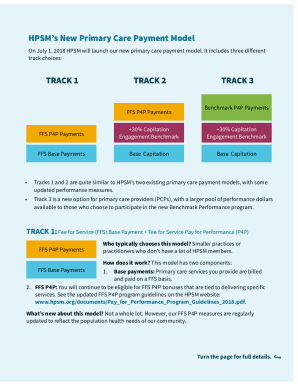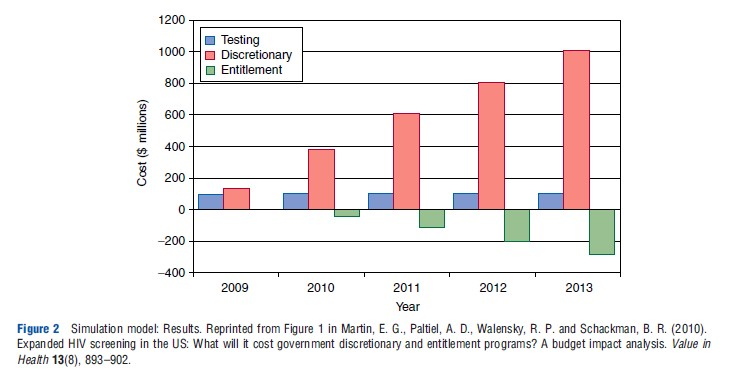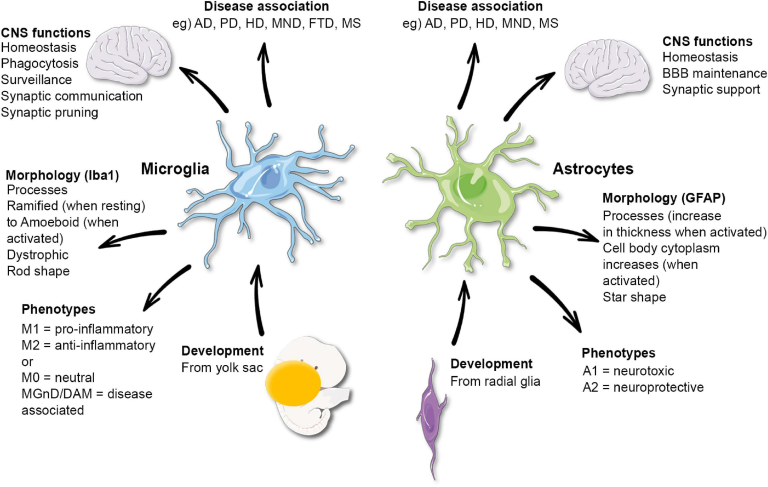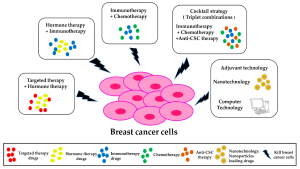The primary care payment model is an innovative approach designed to address the ongoing challenges within the U.S. healthcare system. As primary care faces mounting pressure from increasing patient demand and declining physician availability, new strategies are imperative. The recently introduced ACO PC Flex initiative represents a significant shift in healthcare reimbursement, aimed at enhancing primary care innovation while simultaneously decreasing healthcare costs. By implementing a prospective payment model, this program offers upfront funding that allows providers to focus on preventive care rather than only reactive treatments. This groundbreaking model not only seeks to strengthen the foundation of primary care but also encourages sustainable practices that can lead to improved health outcomes.
Revolutionizing the financial structure of primary care, the updated payment system focuses on delivering better quality care and prioritizing patient health over mere service volume. Often referred to as a prospective reimbursement model or accountable care organization structure, this new strategy presents an exciting avenue for physicians to innovate. By shifting the focus away from traditional fee-for-service models, this approach aims to alleviate some of the financial burdens on primary care practitioners while promoting improved patient management and preventive practices. As healthcare reimbursement evolves with initiatives like ACO PC Flex, it holds the promise of redefining how primary care is delivered and sustained in a cost-effective manner.
Understanding the Crisis in U.S. Primary Care
The current state of primary care in the United States is alarming. Many healthcare experts argue that we are witnessing a crisis characterized by a severe shortage of physicians and an ever-increasing demand for primary care services. Patients are often left waiting weeks for appointments, and this chronic access issue leads to unmet medical needs. This unprecedented strain on primary care providers is compounded by increasing administrative burdens, which distract clinicians from delivering the patient-centered care they aspire to provide.
Additionally, the primary care reimbursement model significantly contributes to this crisis. Reimbursement rates are disproportionately low compared to specialists, resulting in decreased motivation for physicians to enter or remain in primary care. This financial imbalance not only affects the viability of primary care practices but ultimately impacts patient care, as the focus shifts towards quantity of visits rather than quality of care. In addressing the crisis in primary care, it is vital to reassess how providers are compensated.
Frequently Asked Questions
What is the primary care payment model and how does it function?
The primary care payment model, particularly the ACO PC Flex, is an innovative reimbursement approach designed to enhance primary care spending and incentivize prevention and quality care. Unlike traditional fee-for-service models, this model utilizes a prospective payment system where a set amount is provided to primary care providers upfront, allowing them to focus on patient health rather than purely on the volume of services provided.
How does the prospective payment model benefit primary care providers?
The prospective payment model benefits primary care providers by offering upfront funding based on regional averages, which helps them build infrastructure and develop programs aimed at preventing serious health issues. This structure encourages providers to invest more time in patient counseling and preventive services without the fear of incurring extra costs that would reduce shared savings.
What are accountable care organizations (ACOs) and how do they relate to primary care payment models?
Accountable care organizations (ACOs) are groups of healthcare providers who come together to offer coordinated, high-quality care to patients while managing costs. The ACO PC Flex is a new iteration that enhances these models specifically for primary care payment, ensuring that providers can receive larger upfront payments and thus, focus on preventive care and reducing hospital admissions.
How does ACO PC Flex aim to decrease healthcare costs?
The ACO PC Flex model aims to decrease healthcare costs by providing incentives for primary care providers to keep patients healthy and out of costly hospital settings. By investing in preventive care and offering larger initial payments instead of relying solely on fee-for-service structures, this model encourages better health outcomes and can lead to significant savings over time.
Can the primary care payment model improve access to healthcare for low-income patients?
Yes, the primary care payment model, especially if successful in Medicare, has the potential to improve access for low-income patients. As ACO PC Flex demonstrates success, it may influence commercial insurers to adopt similar approaches, increasing funding for primary care in Medicaid, which serves many low-income individuals in need of comprehensive healthcare.
What challenges do primary care payment models like ACO PC Flex aim to address?
Primary care payment models like ACO PC Flex aim to address challenges such as low reimbursement rates for primary care, the high volume of patients seen in short appointment times, and the need for better preventive care strategies. By providing upfront payments and promoting a patient-centered approach, these models seek to transform primary care into a more sustainable and effective system.
Is the ACO PC Flex model a sustainable solution for the primary care crisis in the U.S.?
While it remains to be seen, the ACO PC Flex model is designed to be a sustainable solution by increasing primary care spending upfront and reducing reliance on volume-based reimbursements. If successful, it could lead to improved patient care, lower costs, and a stronger primary care infrastructure, making it a promising avenue for addressing the primary care crisis.
What impact did the Affordable Care Act have on primary care payment models?
The Affordable Care Act initiated reforms that paved the way for innovative primary care payment models like ACO PC Flex. It aimed to boost financing innovations to improve healthcare delivery and outcomes, ultimately leading to higher spending on primary care and incentives for providers to enhance preventive care.
| Key Point | Details |
|---|---|
| Primary Care Crisis | Rising demand for appointments and a shortage of doctors. |
| ACOs and Primary Care Financing | The ACO PC Flex aims to increase primary care spending while incentivizing preventive care. |
| Prospective Payment Model | Involves upfront payments to ACOs based on local averages, rather than fee-for-service. |
| Incentives for Providers | Encourages doctors to spend more time on patient counseling and preventive measures. |
| Impact of ACO PC Flex | Could potentially lead to better reimbursement rates for primary care and reduce overall healthcare costs. |
| Future of Primary Care Models | Success in ACO PC Flex could influence other pay models, especially in commercial insurance. |
Summary
The primary care payment model is being redefined through innovative initiatives like ACO PC Flex. This new model focuses on prospective payments, which provide upfront funding to primary care providers, allowing them to invest more in patient care and preventive services. With the rising demand for primary care and the challenges posed by low reimbursement rates, programs like ACO PC Flex could significantly reshape the primary care landscape, promoting not only better patient outcomes but also more sustainable financial practices for providers.









